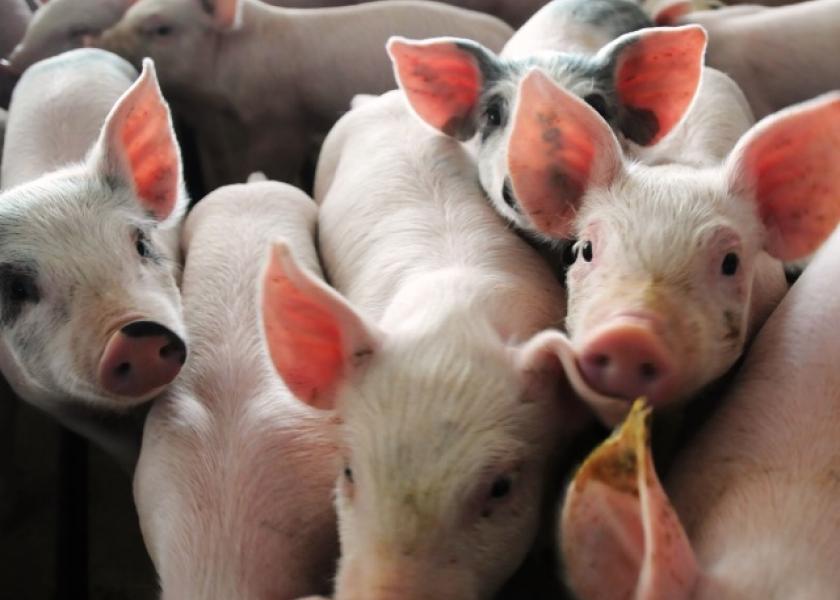8 Influenza Management Takeaways for Your Swine Operation

Influenza A virus (IAV) is one of the most challenging viruses in swine to manage because of the viruses’ ability to diversify and evolve. During a recent webinar on swine influenza management strategies offered by the Swine Health Information Center (SHIC) along with the American Association of Swine Veterinarians (AASV) and hosted by the Iowa State University Swine Medicine Education Center, industry experts shared the latest on managing this virus.
“IAV can circulate among swine throughout the year, but most outbreaks occur during the late fall and winter months,” explained Dyneah Classen of Carthage Veterinary Service. “Clinical signs in swine can start out similar to other diseases with animals off feed, showing lethargy, high fevers (rectal temperatures of 104 F and above), increased mortality, and in pregnant sows, abortions. Other clinical signs seen as the disease progresses are nasal discharge and a deep, barking cough.”
Classen and colleagues shared these eight takeaways during the webinar.
1. IAV in swine changes rapidly due to genetic mutation and antigenic drift, cautioned Amy Vincent with the USDA-ARS National Animal Disease Center. The emergence of new genetic lineages by migration or interspecies transmission and adaptation impacts IAV detection and response. Vincent said, “Robust surveillance and HA/NA sequencing are necessary for improved vaccines.”
2. Immune responses to infection and vaccination are impacted by many factors, Vincent said. The sequence of exposure or vaccination can impact subsequent antibody responses.
3. In postmortem testing, the goal is diagnosing the cause of clinical respiratory disease. Antemortem diagnostic testing has broader implications, said Phil Gauger of Iowa State University.
4. Most IAV diagnostic testing involves monitoring or surveillance purposes, Gauger remarked. The process identifies the presumptive diagnosis of clinical respiratory disease in a population, surveillance to establish IAV status at the farm or population level, monitoring the frequency of IAV infection/detection to develop control measures, success of intervention strategies and genetic diversity of circulating strains in the production system.
5. Sample collection at the litter or pen level is best for detection, Gauger said. The individual sample type is best to obtain isolates, however. Sample size should be based on expected prevalence and clinical impressions.
6. Prime and Boost influenza vaccination protocol involves choosing two vaccines that are genetically different, or heterologous, and giving a priming dose and following up two to four weeks later with a booster dose. The supposition is the two different vaccinations will boost the immune response.
7. In the last two years, 55% of sow herds in Classen’s systems have had a new Influenza outbreak and 11% were breaking with two strains during the same flu season. She said the utilization of oral fluids has increased passive surveillance of finishing herds and found non-clinical herds positive for influenza.
8. Classen said an influenza endemic herd elimination program begins with identification of the endemic strain or multiple strains identified through testing and uses an autogenous vaccine with 3% or less heterology (97% homology). This can be a multivalent vaccine, or one made specifically for the endemic strains.
A recording of the webinar is available here.
More from Farm Journal's PORK:
Influenza A Vaccination: Study Explores Transmission on the Farm
People Play a Key Role in Influenza Control
Pigs, People and Influenza: How Does Management Come Into Play?







